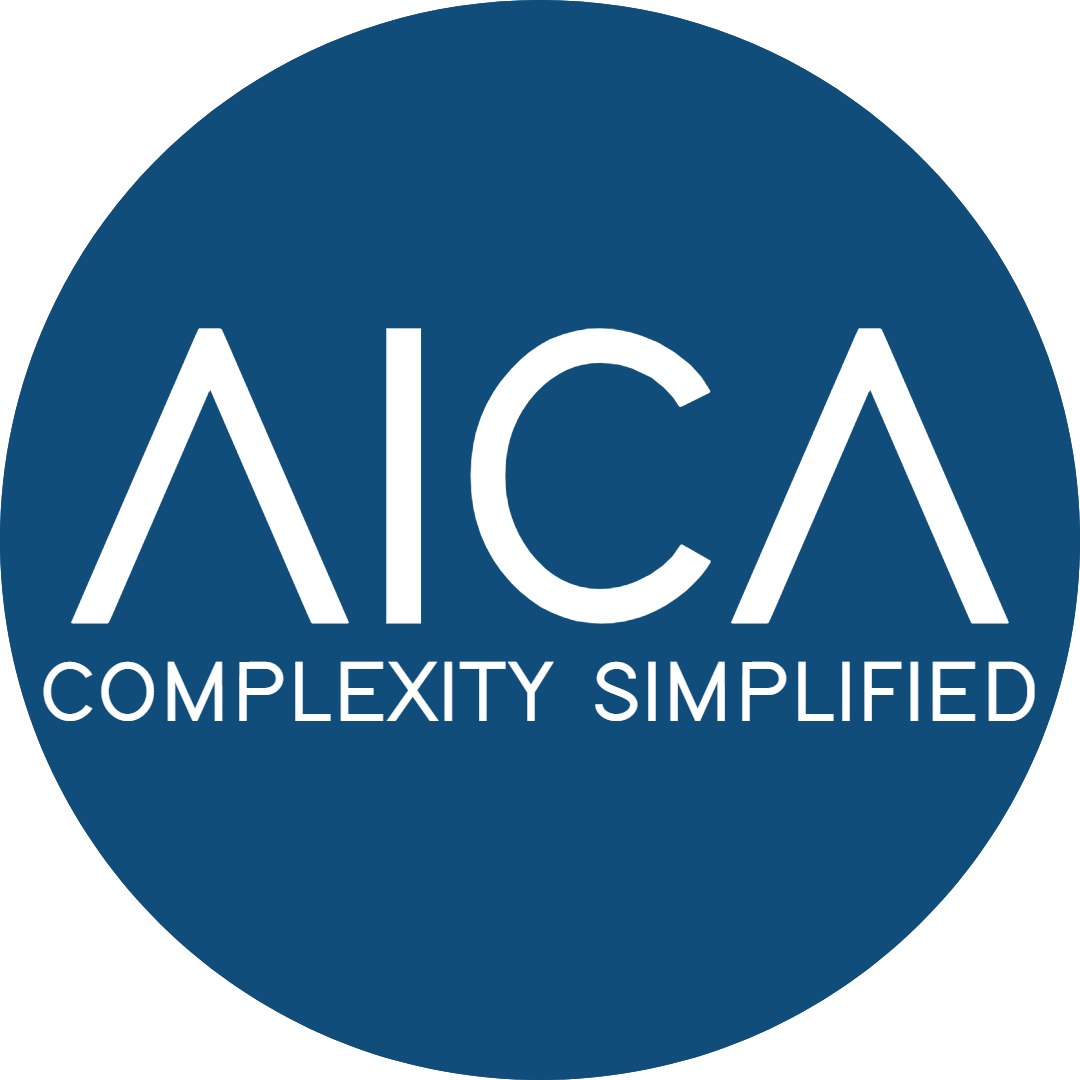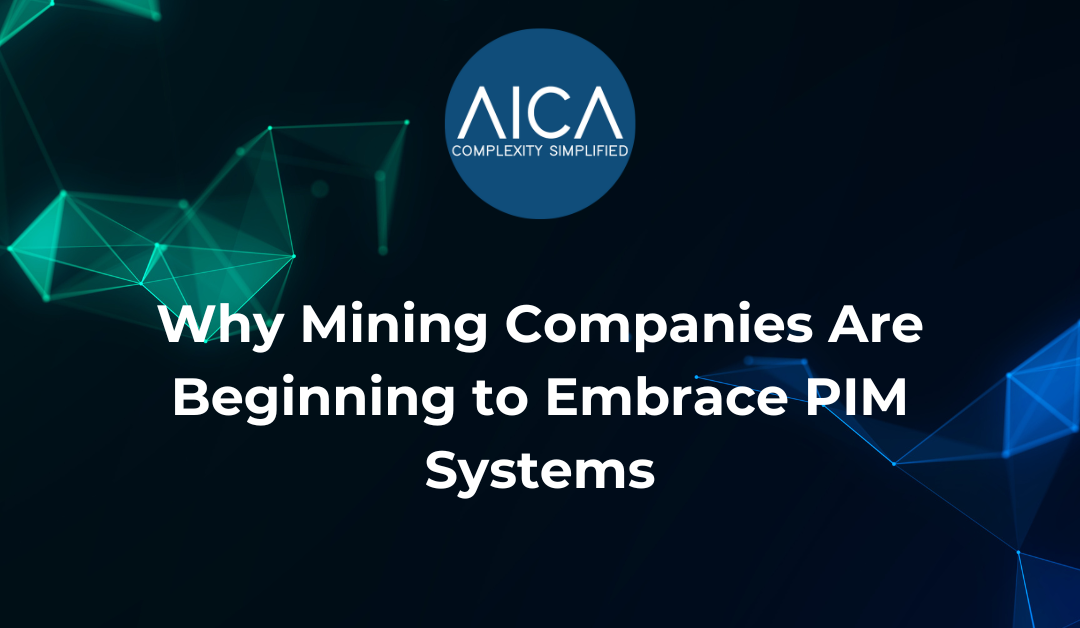In the mining industry, a quiet but important transformation is starting to take shape. While still in its early stages, more mining companies are exploring the benefits of Product Information Management (PIM) systems to better control, enrich, and distribute their product data.
Historically, mining firms have relied on ERP, MDM, and other enterprise platforms to manage equipment, spare parts, and material records. While these systems are essential, they often fall short when it comes to the granular, structured management of complex product data. PIM systems fill this gap by offering a dedicated environment for managing detailed product attributes, classifications, and content across multiple channels.
An Emerging but Untapped Opportunity
This trend is still gaining traction. A small number of forward-thinking mining companies have already begun implementing PIM systems, but for much of the sector, the potential remains underexplored.
A common misconception is that general-purpose AI tools can manage this data with ease.
While these models excel at broad language tasks, they lack the domain-specific training and rigorous processes required for the high-precision product data found in mining. Without a specialist approach, inaccuracies, inconsistencies, and missing attributes can quickly undermine the value of a PIM investment.
Why AICA’s Approach Delivers Better Results
Traditional PIM projects often follow a three-step model: build a taxonomy, cleanse the data, then classify it. While this works in theory, in practice, especially with complex mining datasets, it can lead to costly rework.
At AICA, we do it differently. We develop taxonomy and classification alongside cleansing and enrichment. We start with an agreed UNSPSC framework and a set of key attributes, then apply and validate them in real time as we work through the records.
Our Agentic AI does the heavy lifting, while human verification ensures accuracy at every stage. This integrated approach captures valuable context hidden in historic datasets, context that contains layers of institutional knowledge built up over years of operations. By weaving taxonomy development into the cleansing process, we avoid mismatches, preserve that context, and deliver a classification model that’s both accurate in theory and proven in practice.
The result? A solution that’s easier to maintain, integrates smoothly into PIM and ERP systems, and delivers long-term value without repeated rework.
Building a Strong Data Foundation for PIM
Through our partner network, we help mining organisations prepare for PIM by delivering clean, enriched, and fully classified product data. This includes:
- Removing duplicates and obsolete entries
- Filling in missing attributes like dimensions, weights, and technical specifications
- Applying consistent naming conventions and industry taxonomies
- Delivering confidence scores for each enriched record
- Ensuring seamless integration with PIM, ERP, and MDM platforms
By addressing data quality first, companies set themselves up for faster PIM adoption, more accurate reporting, improved procurement efficiency, and stronger digital transformation outcomes.
The Road Ahead for Mining PIM Adoption
As the mining sector continues to digitise and diversify, PIM systems will play a larger role in enabling efficient, connected operations. The companies that prioritise accurate, well-managed data from the start will see the greatest return, both in operational efficiency and in the scalability of their digital initiatives.
At AICA, our role is simple: to make that transition smooth, effective, and rooted in data that delivers measurable value.
Visit our website to learn how we help mining companies cleanse, enrich, and classify their product data for PIM success.
Copyright Reserved © AICA Data International Ltd 2025

